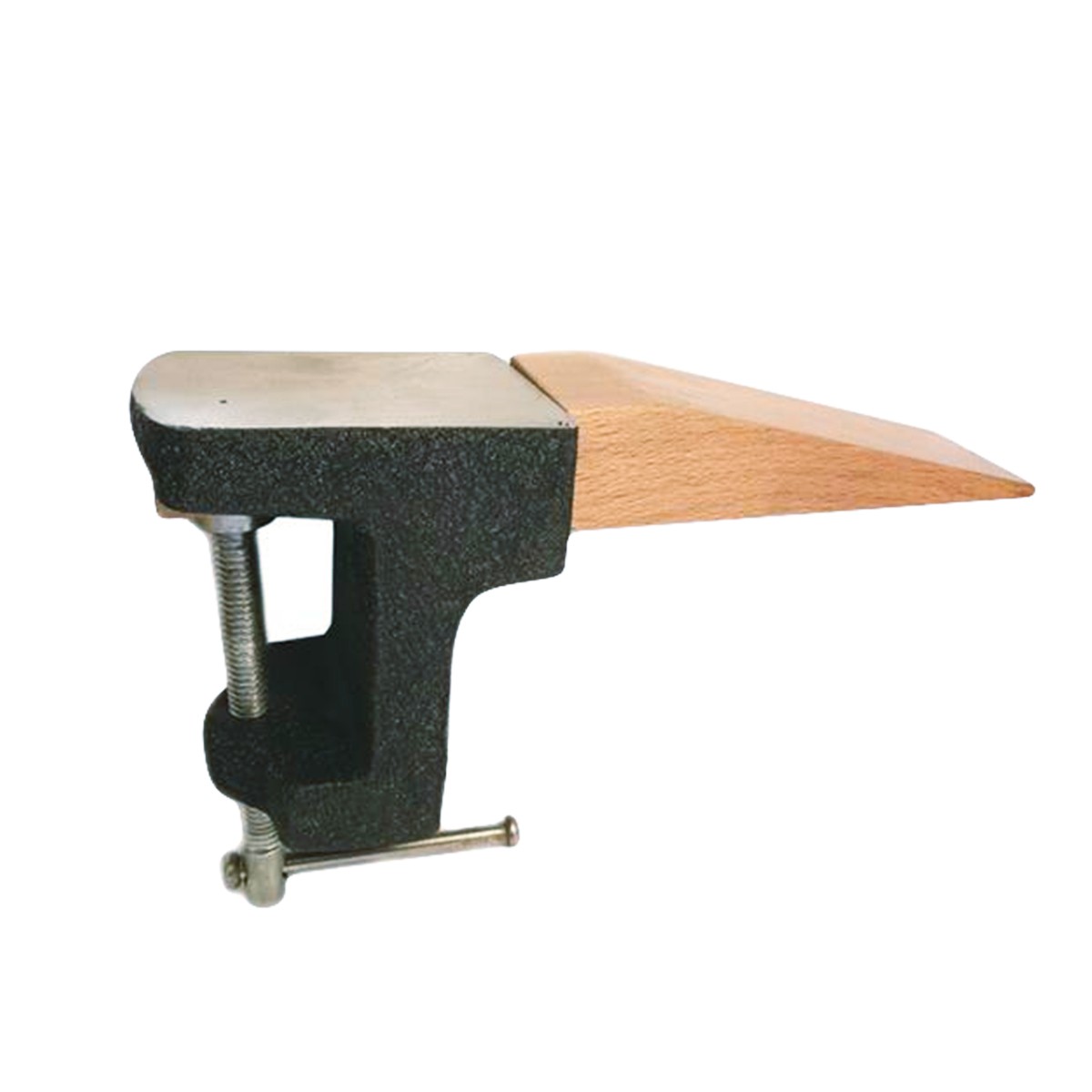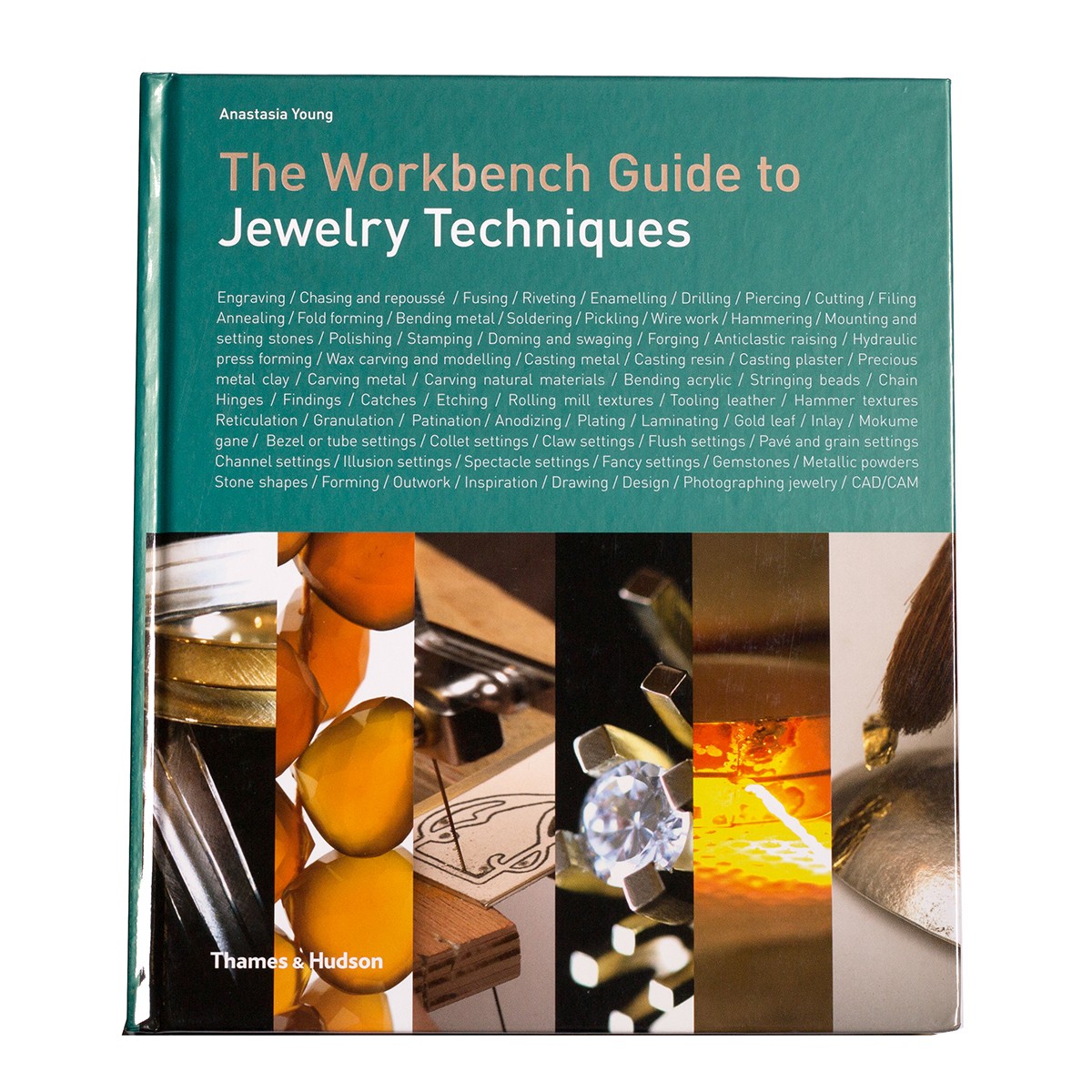Choosing A Jewellers Workbench
If you've been making jewellery for a while now, you're probably thinking it's time to upgrade to a jewellers workbench!
It's one of the most important pieces of equipment you will have and will help you tremendously. Not only will you have a dedicated space to work, but it is also designed especially for your jewellery making needs.
Height is important
Many jewellers start out working at the kitchen table, with a bench peg clamped to the table but unfortunately this isn't the best option. A jewellers bench should be higher than a table to avoid you hunching over which could potentially cause an injury. The bench should be chest height when sat upright, so you can use different tools effectively while also being able to view the piece you're working on. An office chair is a great idea to have alongside your jewellers bench as you can alter the height so that you feel comfortable. You can also adjust it depending on the particular job you are doing.
Solid workspace
It's important that the countertop is solid and sturdy to support the work you will be doing. Wood is the best material to work with as it's strong, durable and can withstand heat.
Cut out a curved section
You may have noticed that all jewellers workbenches have a large curved section cut out of the front edge of the tabletop. This is required so that you can get even closer to your work with no problems, it's also used to hang a leather skin which can catch all of your metal filings and reduce dust in your workspace. Not only this, the curved section is where you will attach your bench peg - an essential item for supporting your work.
Side rails
Side rails run around the worktop and are there for added security, stopping any tools or supplies falling off the sides.
Storage for your tools
Another thing to consider when it comes to choosing a workbench is whether it has storage for tools and jewellery supplies. It could have drawers or perhaps a tool holder on the side of the bench. Having extra storage is always a bonus as this can help tidy up your space, reduce the risk of injury and also make it easy for you to access your tools.
Material
There are many different workbenches and materials to choose from, and your choice all comes down to your budget and preference. Jewellers workbenches are usually made out of wood, as this provides a durable and strong base for metalsmithing.
Anvil & Bench Peg
An anvil and bench peg is an essential tool for your jewellery workshop. Simply screw the anvil onto the edge of your work bench to provide a flat surface for hammering on, the wooden peg is used to support your pieces during sawing, drilling, cutting, filing, sanding, stone setting and more.
Reading Recommendation
The Workbench Guide To Jewelry Techniques by Anastasia Young
This is a brilliant manual for jewellery making, with a great section on setting up your workspace. It also covers core jewellery making techniques.
Suitable for both the experienced jeweller as well as the student, this book will provide a great investment that you'll continue to use for many years.



